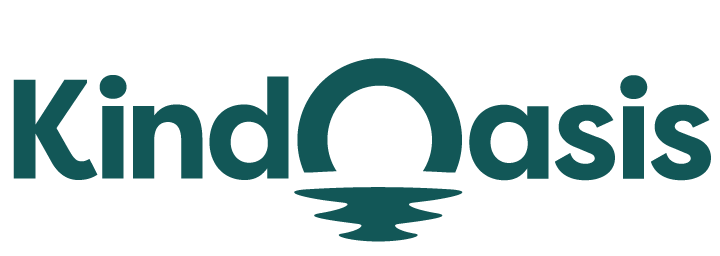Key Chatbot Benchmarks For Measuring Performance Effectively
Try AI ChatbotDiscover essential chatbot benchmarks to measure performance effectively and enhance user experience.

Chatbots are powerful tools for enhancing customer engagement and streamlining business processes. What are some chatbot benchmarks that can be used to measure performance? This guide will provide you with essential benchmarks to assess your chatbot's effectiveness and ensure it delivers maximum value.
A standout example of a high-performing chatbot is VanChat, an AI-powered solution designed for Shopify stores. VanChat excels in accurately addressing 97% of customer queries without human intervention, covering areas such as product comparisons, order tracking, sizing, and returns. By continuously learning from your store’s content, VanChat offers precise responses and automates tasks like checking orders and updating carts. These features not only enhance user satisfaction but also contribute to better performance metrics.
1. Response Accuracy
One critical benchmark for chatbot performance is response accuracy. This metric measures how well the chatbot answers user queries correctly. Inbenta’s article on chatbot performance metrics emphasizes that a high accuracy rate ensures that users receive reliable information, which can significantly impact user satisfaction and conversion rates.
VanChat shines in this area by accurately answering 97% of customer questions, including complex queries about products and order status. Its ability to provide precise responses helps maintain high user satisfaction and reduces the need for human intervention.
2. User Engagement
User engagement metrics gauge how effectively the chatbot interacts with users and keeps them engaged throughout their journey. Tovie.ai’s blog highlights that high engagement rates often correlate with better conversion outcomes.
VanChat enhances user engagement by offering personalized product recommendations and proactively suggesting best-selling items. Its ability to interact meaningfully with users, based on their preferences and shopping habits, leads to increased engagement and higher conversion rates.
3. Response Time
Response time is another vital benchmark that measures how quickly the chatbot responds to user inputs. Visiativ’s guide on measuring chatbot effectiveness outlines that faster response times contribute to a more seamless user experience, which can positively affect customer satisfaction and conversion rates.
VanChat’s real-time processing ensures that users receive immediate responses to their inquiries. This quick turnaround time enhances the overall user experience and can lead to improved performance metrics and higher sales conversions.
4. User Satisfaction
User satisfaction metrics are crucial for evaluating the overall effectiveness of a chatbot. These metrics often include user feedback, ratings, and Net Promoter Scores (NPS). Calabrio’s article discusses how user satisfaction scores can provide insights into the chatbot's performance and areas for improvement.
VanChat’s focus on personalized interactions and proactive sales strategies helps enhance user satisfaction. By delivering tailored recommendations and timely assistance, VanChat ensures that users have a positive experience, which can be reflected in high satisfaction scores.
Conclusion
Measuring chatbot performance effectively involves evaluating key benchmarks such as response accuracy, user engagement, response time, and user satisfaction. VanChat is an excellent example of a high-performing chatbot that excels in these areas, offering accurate responses, personalized interactions, and timely assistance. By focusing on these metrics, you can ensure that your chatbot delivers optimal performance and contributes to your business goals.





